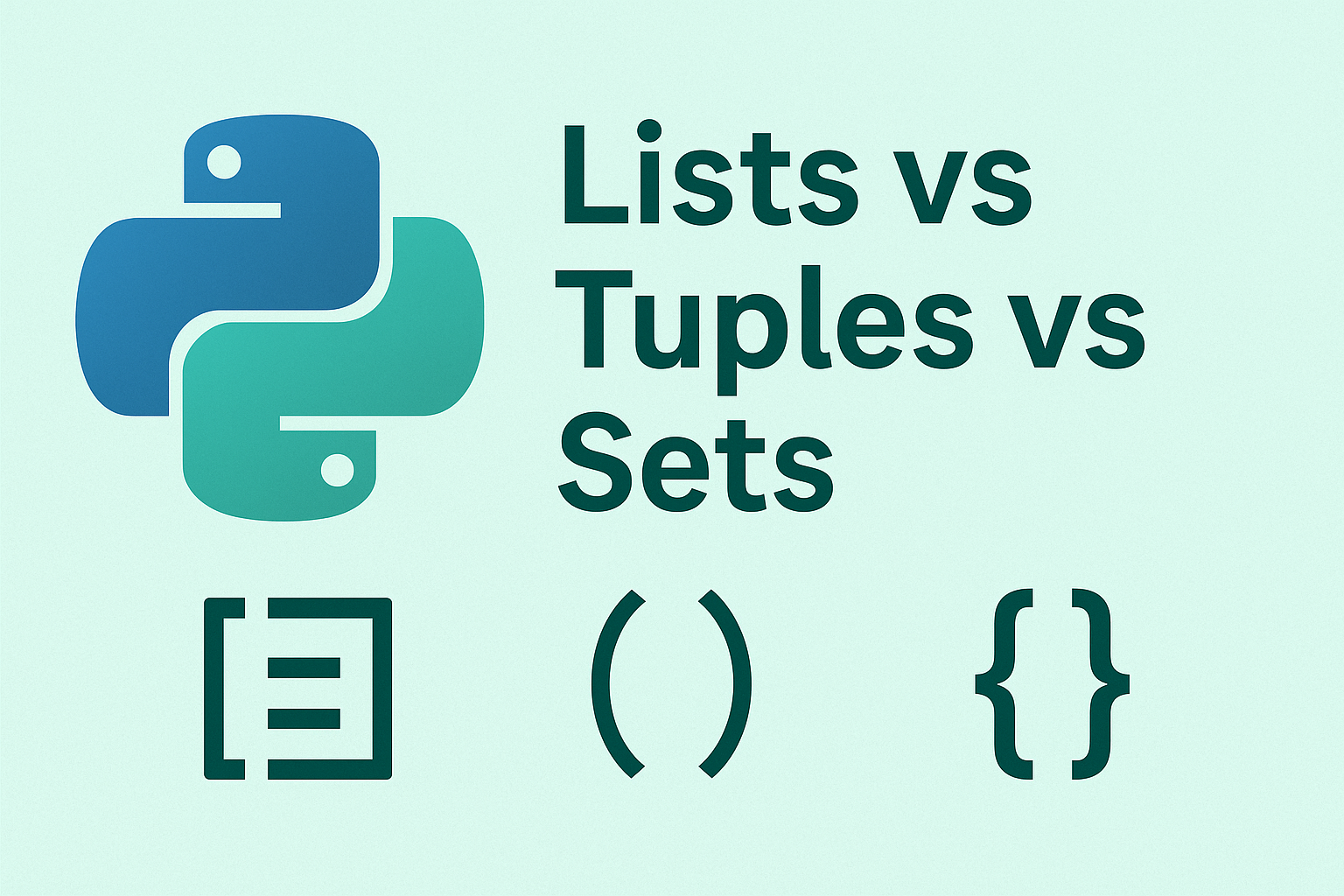
Mastering Dicts: The Most Powerful Python Container You are Underusing
🧭 Introduction If you’ve ever worked with APIs, JSON, or configuration files in Python, you’ve already used dictionaries — probably more often than you realize. But most developers barely scratch the surface of what dict can do. In this post, we’ll explore why dictionaries are Python’s most powerful and versatile container, and how mastering them can make your code cleaner, faster, and more expressive. 🧠 What Is a Dictionary? A dictionary is a key–value mapping — think of it as a real-world lookup table. ...

From Idea to PyPI — How I Built and Published My Own Python SDK
Have you ever installed a library with pip install and wondered — how do developers publish their own? In this post, I’ll show you how I built, tested, and published my own Python SDK — a simple, synchronous client for the OpenWeatherMap API — all the way to PyPI. You’ll learn: How to structure a reusable SDK How to use pyproject.toml for modern packaging How to test, lint, and type-check your library How to publish to both TestPyPI and PyPI ⚙️ Step 1: Plan the SDK Question Example Package name sync_openweatherapi_python_sdk Import name openweather Core purpose Simple Python wrapper for OpenWeatherMap API Dependencies requests, pydantic, python-dotenv Testing tools pytest, responses, mypy, ruff The goal is developer ergonomics: clear interfaces, typed models, and testability. ...

Python Lists vs Tuples vs Sets — When to Use Each
In Python, we often reach for lists, tuples, and sets to store data. They look similar, but the choice affects memory, lookup speed, immutability, and thread safety. This post focuses on how working developers should decide between them. Lists — ordered and mutable A list maintains order and can be updated at any time. emails = ["john@x.com", "jane@x.com"] emails.append("max@x.com") for email in emails: print(email) Use lists when: You need to preserve order. You plan to modify data (append, remove, sort). You do not need the object to be a dictionary key or a set element. Engineering note: lists are fast for appends but not thread-safe for concurrent writes. ...